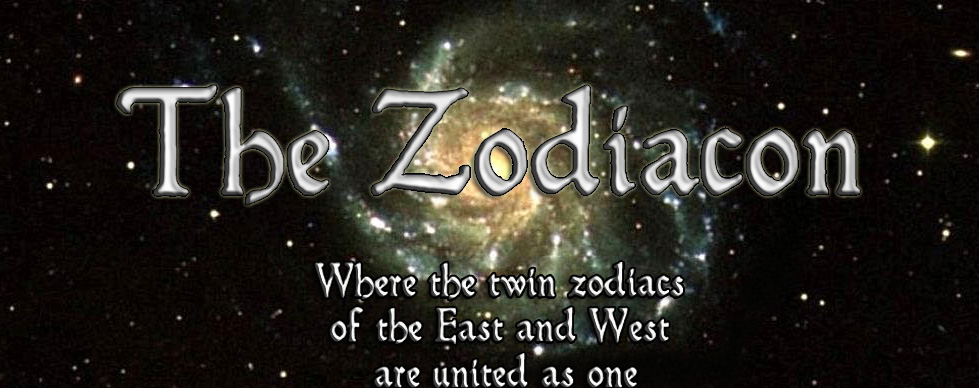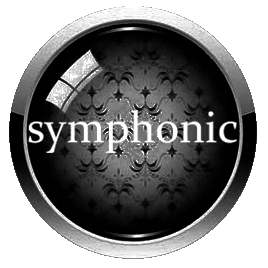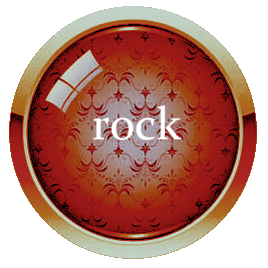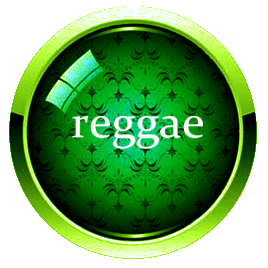




The fifth sign of the Eastern zodiac is the character
that is pronounced “Chen.” The symbolic animal of this fifth earthly stem is the dragon and is represented by the character
. It is a yang symbol of the first trine, and its fixed element is wood. Its assigned realm on the heavenly ecliptic consists of the portion that lies between the 120th and the 150th degrees, and it is the lord of the third lunar month, which lasts from April 5 to May 4. The hours of the dragon are from seven to nine in the morning.
The fifth sign of the Western zodiac is the symbol
that is commonly known as Leo. This sign is symbolic of a lion. Like its Eastern counterpart, this symbol is a positive yang symbol of the active diurnal masculine. Its elemental designation is fire and its quality is fixed. It possesses the same coordinates of the ecliptic as does the Eastern sign of the dragon, however, its yearly domain of influence is from July 23 to August 22 in the tropical system and from August 16 to September 15 in the sidereal system.
Dragon/Dagon
For over a half dozen millenia, the dragon has been one of the most important – if not the most important symbolic creature in the cultures of the Far East. In fact, there are jade statues of dragons that date back to almost 5,000 B.C. that have been found in certain archaeological sites in Northeastern China that are part of the ancient Hongshan culture. The dragon has long been associated with royalty and power in the Far East and enjoys a status and rank above all other animal symbolisms found within the cultures of this region of the the world. Dragons in the various Oriental cultures are also closely associated with the element of water and are often depicted as having control over the weather. Dragons are often depicted as having supernatural abilities, such as being able to fly and shape-shift into humans.
In addition to its popularity in the many cultures of the Far East, the dragon is known to almost every culture in the world. The very fact that its appearance is universal would indicate that its very existence is probably based on a past reality. More than likely, the dragon archetype is built on a combination of the dinosaurs and the Dagon species. The fact that dinosaur bones found in ancient China were referred to as “dragon bones” would aid in the validation of this theory.
There are also Eastern traditions of dragons as a species that provided knowledge and wisdom to the human species. There is also the etymological similarity between the word dragon and the word dagon, which is a term used to designate the species of human-like sea monsters worshipped by many of the seafaring tribes of antiquity, including the Phillistines, whose temple of Dagon was destroyed by the legendary figure of Samson. Dagon was one of the numerous names given to various members of this species and was often a prominent member of many of the pantheons in the ancient civilizations of the Near East and surrounding areas.
Dragons are also infamous for their ability to breathe fire. Some have claimed that this was a biological possibility for some species of dinosaur, while others claim that it was a vestigial remnant within the collective psyche of humanity about the superior technology possessed by the Dagon species. Due to the great collapse of civilization that occurred at the end of the Bronze Age nearly three millenia ago, it is hard to be certain. However, regardless of the actual source or sources of the modern archetype of the dragon, this beast is a mighty symbol of power that is both respected and enjoyed by almost every culture all over the world.
Leo
It makes perfect logical sense that the lion of the Western cultures would be paired with the dragon of the Eastern cultures. The dragon is the most powerful animal that is symbolized in the East, while the lion is the most powerful animal that is symbolized in the West. The lion is also symbolic of royalty and is one of the most popular animals used in heraldry along with the dragon. Both creatures are considered to be “the king of the beasts” and are symbolic of courage, might, strength, and power.
The lion of the Leo constellation was considered by the ancient Greeks to be the Nemean Lion that was invulnerable to weapons due to its golden fur. Its claws were able to slice through any type of armor. Hercules was assigned to kill this lion and did so by either strangling it or by shooting an arrow into its open and vulnerable mouth. The lion was then placed in the sky.
It was claimed by Pliny the Elder that the ancient Egyptians greatly revered the stars within the Leo constellation, because the rising of the river Nile coincided with the time of the year that the sun entered the constellation. Also, this was the time that the lions of the region left their abodes and sought refuge from the extreme heat along the freshly risen banks of the great swollen river. The constellation is mentioned in an ancient inscription the Ramesseum at Thebes, which is decorated with lion's bristles in a manner similar to many other ancient Egyptian temples on the Nile. There is also the giant statue known as the Sphinx, which depicts the body of a lion.
The constellation of Leo is found just above the ecliptic with its brightest star, Regulus, located right next to it. Other bright stars in the constellation include Denebola and Algieba. There are also many other smaller stars in the constellation that have also been named, such as Zosma, Chort, Alterf, Adhafera, and Subra. Leo also contains a half dozen or so bright galaxies and a helium and hydrogen gas cloud known as the Leo ring.
* * *






HOME * BOOK * SANCTUARY * ARCHIVE * BIOGRAPHY
JAZZ * SYLVAN * ELECTRONIC * SYMPHONIC * ROCK * REGGAE
Copyright 2012 by Lee Fitzsimmons